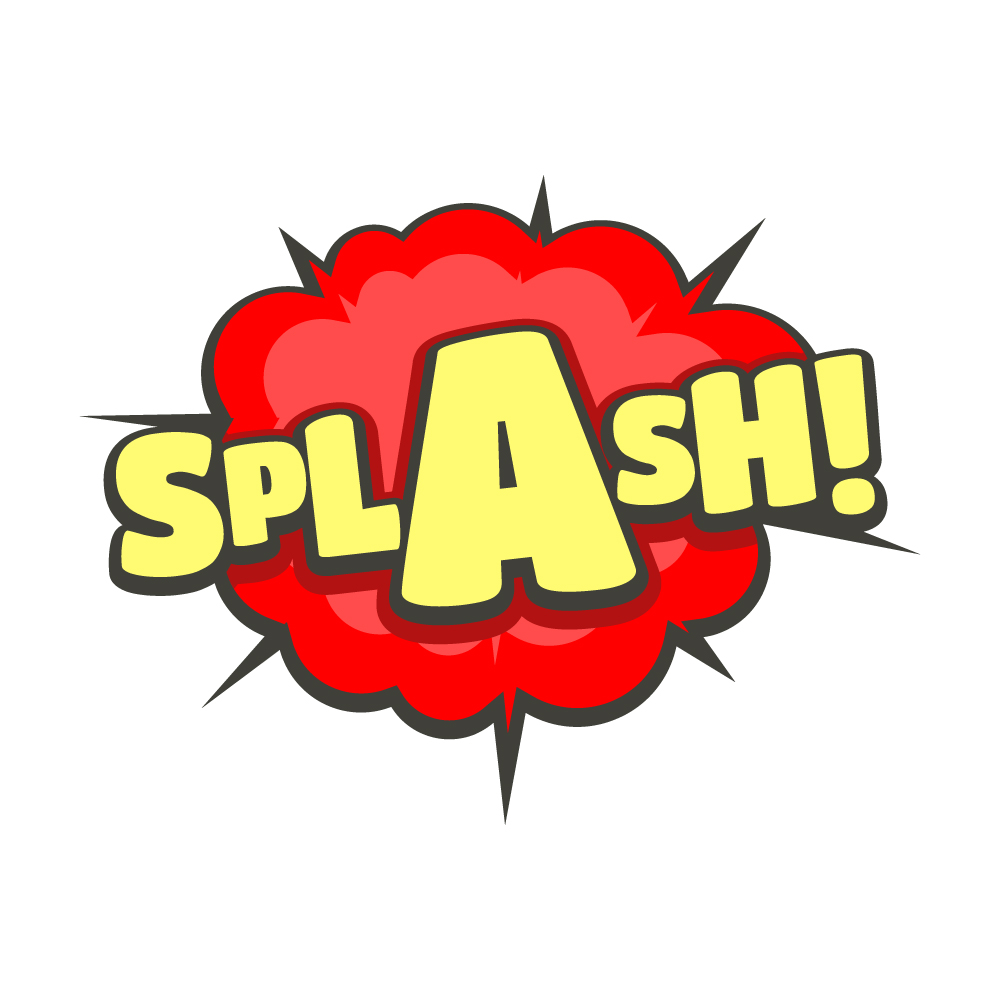
There are times when you want to make your prose more lively — if not flagrantly flippant then at least glancingly gleeful. Your words could land with a thump or splash or flit by with a twirl, but they must be sprightly. You want to write like a child. Well, no, not like a child — children aren’t very good writers; their sense of sentence structure is a bit squishy and scrawny — but like a child would write if a child had the skill of an adult. You want to be extra expressive.
Words are known by the company they keep, of course; words that show up most often in texts by or about children will have a childish air. But words are also thought of based on how they sound: we engage in phonetic profiling. If I said “I’m just credging this glivver,” before you find out what credging and glivver mean you might well imagine credging as something involving effort or strain, and perhaps pushing or scraping, and glivver as something wet, shiny, fishlike or mechanical. This is because credging sounds like dredging, budging, and several words related with effort starting in cr– such as crank, crunch and crush, and glivver sounds like flivver, river, glimmer, and other words related to light that start with gl– such as gleam, glitter and glint.
Words with sound clusters such as kr– and gl– among others (including fl–, sn–, spl–, spr–, tw–, –ump, –ash, –irl/–url and –op) have a greater-than-chance tendency to share some aspect of meaning with otherwise unrelated words containing the same sound clusters. These are what linguists call phonaesthemes. They also tend to feel especially vivid — expressive, unrestrained, sometimes even childish. Glowing has a phonaestheme, while radiant doesn’t; snout does, while nose doesn’t; flop has two, while fail has none.
Phonaesthemes aren’t all onomatopoeia
Phonaesthemes aren’t all onomatopoeia, though some are: splash sounds rather like a splash, but glitter doesn’t sound like glittering — glittering doesn’t have a sound. But they all have some degree of a performative air, which is why they seem lively: their expressivity gains by association with onomatopoeia and sound symbolism (sound symbolism is the reason we, for instance, expect a character named Tika to be smaller than one named Dubo).
But can throwing in a few words like dump, splay or snoot really make a text seem less dignified? The answer is yes. I know — I did a detailed study of how words containing phonaesthemes are used in different genres of writing and in different time periods compared with other words having the same general sense and length. What’s most telling is how much some genres avoid them. Any writing where the author would not want to seem unduly undignified will have far fewer phonaesthematic words than average. Academic writing in particular avoids them. Newspaper articles used to use very few; now they’ll sprinkle them throughout, tabloids especially. Political speeches avoided them in times past, but now they’ll plop the occasional one in. It doesn’t take more than one or two to add just that little glimpse of glee.
So, if you’re at your desk working on a text that could be just a little spunkier, you may already know that you could be more gleeful with gleam than with shine, with slash than with cut, and with swirl than with circle. Now you know why.
Previous post from James Harbeck: Novel Medical Treatments
The Editors’ Weekly is the official blog of Editors Canada. Contact us.
Discover more from The Editors' Weekly
Subscribe to get the latest posts sent to your email.
